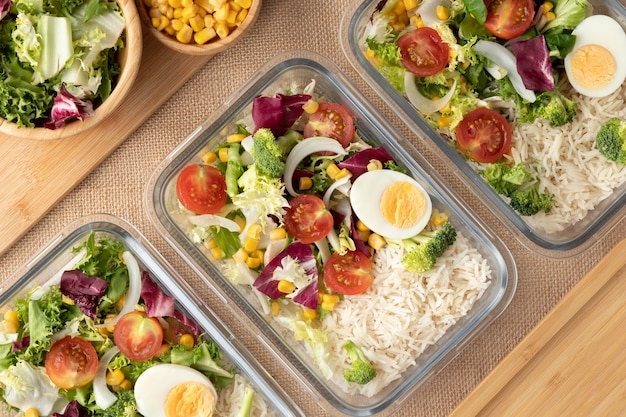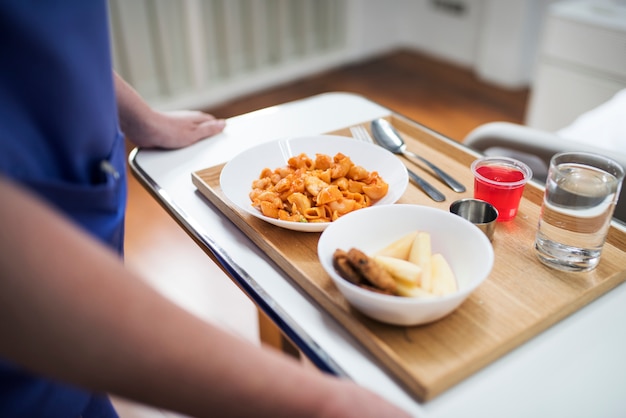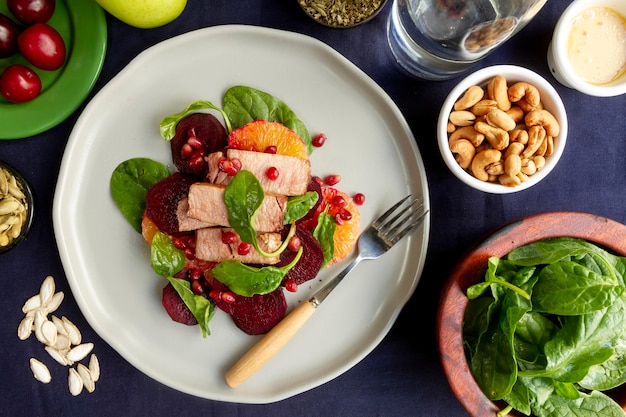Improving your VO₂ max—the maximum amount of oxygen your body can use during intense exercise—is one of the most effective ways to enhance cardiovascular health, stamina, and metabolic efficiency. For individuals managing diabetes, this becomes even more critical. Better oxygen utilization supports insulin sensitivity, glucose control, and overall energy levels. The good news? You don’t need expensive supplements or gourmet ingredients to make meaningful progress. With a strategic, budget-friendly weekly meal prep plan, you can fuel your body for improved VO₂ max while keeping blood sugar stable.
VO₂ max is a strong predictor of long-term health. Higher VO₂ max levels are linked to reduced risk of cardiovascular disease, improved metabolic function, and better glycemic control. For people with type 2 diabetes, increasing aerobic capacity through diet and exercise can lead to lower HbA1c levels and reduced reliance on medication over time.
Nutrition plays a foundational role. The right foods provide sustained energy, support mitochondrial health (where oxygen is used to produce energy), and reduce inflammation—all of which contribute to better aerobic performance.
You don’t need costly superfoods to eat for performance. Focus on nutrient density, fiber, lean protein, and complex carbohydrates with a low glycemic index. Here’s how to structure your weekly prep:
Each meal should include:
Example Day:

To maximize VO₂ max gains, pair nutrition with aerobic training (like brisk walking, cycling, or swimming). Eat a small, balanced meal 1–2 hours before exercise. Include carbs for fuel and protein to support recovery.
Post-workout, aim to eat within 45–60 minutes. A simple combo like Greek yogurt with berries or a turkey sandwich on whole grain bread helps replenish glycogen and repair muscle.
Improvement doesn’t happen overnight. Use these measurable checkpoints every 4 weeks:
Spend 2–3 hours on Sunday to prep ingredients:
This reduces daily decision fatigue and prevents reliance on processed or high-sugar convenience foods.
Improving VO₂ max with diabetes doesn’t require a gym membership or expensive diet plan. With consistent aerobic activity and a budget-conscious, nutrient-rich meal prep strategy, you can boost endurance, stabilize blood sugar, and enhance long-term health. Start small, track your progress, and celebrate incremental wins. Over time, these habits compound into transformative results.
Your journey to better oxygen efficiency begins with what’s on your plate—make it count.

Health

Health

Health

Health

Health

Health

Fitness

Health

Wellness

Fitness

Health

Fitness

Health

Fitness

Health

Health